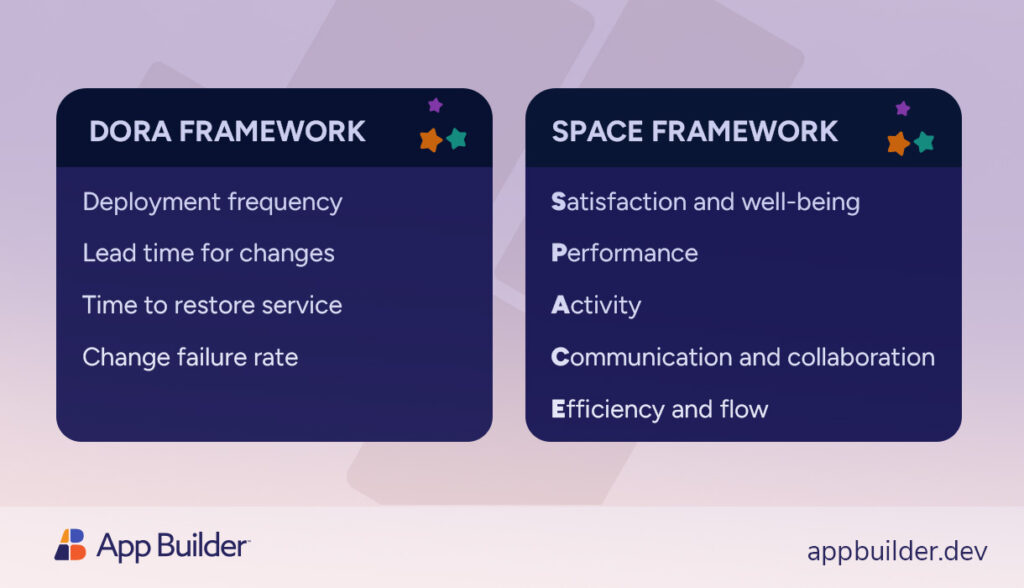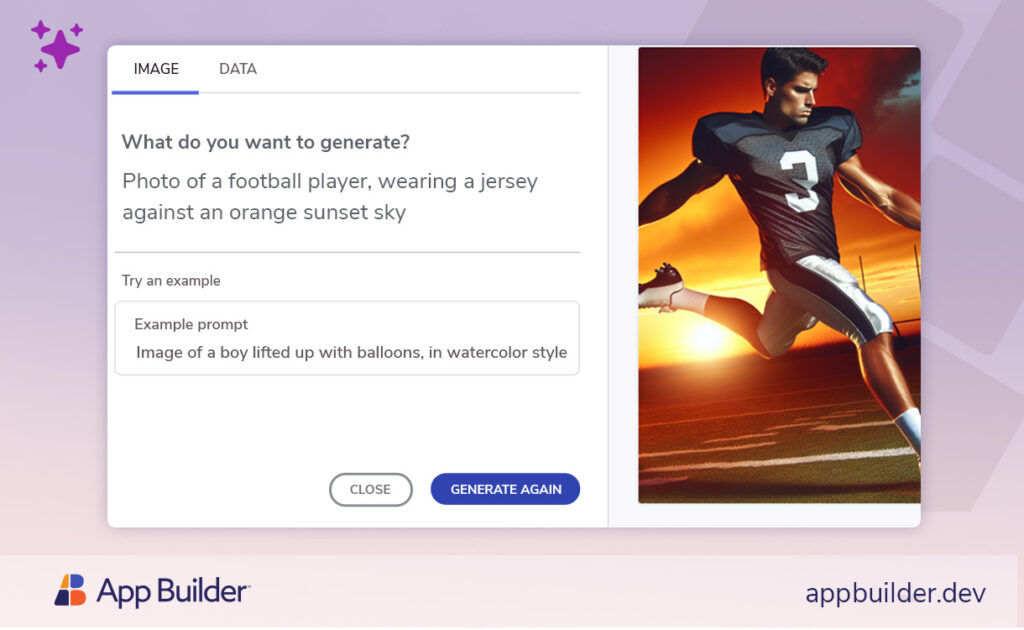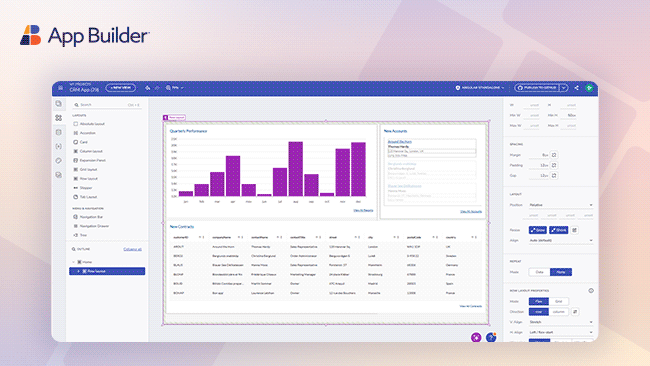

How To Improve Developer Productivity With Low-Code Tools?
According to low-code statistics by Forrester, “91% of IT and business decision makers responsible for digital transformation initiatives at enterprises in the US, the UK, Canada, and Australia use low code to improve existing IT capabilities to promote agility and innovation.” And now, they are used as tools to improve developer productivity too. But how?
Low-code tools have become the tools of enablement, driving more opportunities for businesses and teams. With all the capabilities these novel platforms offer, organizations are discovering new ways to accelerate business growth, agility, and efficiency while simultaneously tackling one of the most major challenges they face – improving developer productivity.
To cast more light on this trend, the article will explore the benefits of low-code platforms and their ability to overcome complex development cycles, skill shortages, collaboration hurdles, costly maintenance and updates. You will also learn how tools like App Builder can automate repetitive tasks, reduce debugging and testing time, and provide reusable components for more optimized processes and teamwork.
But let’s dive deep into the topic.
What Is Developer Productivity?
In the simplest of terms, developer productivity refers to the ability of developers to produce and deliver code in an efficient and effective way. It is also about how much time, work, and resources are needed to complete tasks within a limited timeline and to what extent teams actually deliver customer satisfaction.
So, many factors define software developer productivity. Some prefer to consider notable frameworks for assessing developer productivity, such as DORA and SPACE.
The DORA framework encompasses:
- Deployment frequency
- Lead time for changes
- Time to restore service
- Change failure rate
The SPACE framework focuses on:
- Satisfaction and well-being
- Performance
- Activity
- Communication and collaboration
- Efficiency and flow

The Next Steps for CTOs & Other Executives
However, there is a huge misconception that it all comes down to people to measure developer productivity or inefficiency. In that case, organizations will struggle to achieve broad developer acceptance. That’s why a new approach is beginning to gain traction—developer productivity engineering (DPE), which has the goal of increasing developer productivity but through a more technological lens. Meaning, it’s the tools that matter, too.
Don’t just think of the code output, the number of commits, pull requests merged, hand coding, and repetitive find-and-fix tasks. Consider how long it takes for teams to go from ideation to deployment when there are these types of roadblocks. Shorter development cycles typically indicate higher productivity levels. But think about the tech stack and the tools they use too. Can they help minimize inefficiencies associated with software build and test processes? Do they allow the team to carry out all of the tasks they have to? Do they automate the process or make it heavier instead? Are there non-coding practices that slow down the development cycles even more and can they be optimized?
Combining these metrics and questions helps organizations understand the strengths of their teams and where changes are needed to improve developer productivity.
Challenges in Developer Productivity
Forbes indicates that; “For those companies whose existence depends on building quality software at scale, there’s increasing recognition that making developer productivity and the developer experience a core competency is a matter of competitive survival and if not done well, represents an existential threat.” However, there are several challenges that businesses need to address before they can effectively invest and capitalize on software developer productivity enhancements through DPE initiatives and low code.
Complex development cycles
Hand coding requires developers to write code line by line, which can be a time-consuming and repetitive process, particularly for routine code. This tedious and manual effort can sometimes lead to more complex development cycles, reducing developer productivity and impeding the rapid iteration and delivery of software solutions. This is especially true in fast-paced development environments where projects grow and request the accommodation of more features and higher scalability levels. These evolving requirements can cause your development team to constantly readapt and extend timelines, making it hard to establish a universal dev productivity metric.
Maintenance and updates
Another obstacle is maintaining existing code and fixing bugs and costly errors that can cause unexpected behavior in the application. Legacy code, technical debt, and outdated technology stacks also need to be updated, which is resource-consuming and time-consuming.
Skill shortage
One of the most significant issues businesses face today regarding software developer productivity is the lack of high-tech talent in the pipeline. IDC predicts that “IT skills shortage is expected to impact nine out of ten organizations by 2026 with a cost of $5.5 trillion in delays, quality issues, and revenue loss.” Quite often, then, organizations need help developing and maintaining the complex software solutions that the market and users require.
Developers need to solve challenges around UI design, UX, security, compliance, and scalability, and finding the right talent to do that is difficult. How to improve developer productivity, then, when there’s not enough human capacity and resources? When the development work volumes exceed developers’ capacity, CIOs and CTOs turn to low-code solutions to transform their application development approach and strategy.
“Getting the right people with the right skills into the right roles has never been so difficult,” says Gina Smith, PhD, research director for IDC’s IT Skills for Digital Business practice. “As IT skills shortages widen and the arrival of new technology accelerates, enterprises must find creative ways to hire, train, upskill, and reskill their employees. A culture of learning is the single best way to get there.”
Collaboration issues
More companies are beginning to understand the importance of a cultural shift and the culture of learning when addressing collaboration issues within development teams. Inadequate communication and handoffs between designers and developers can lead to misunderstandings, discrepancies, and misinterpretations of design requirements. Lack of clarity on design intent, specifications, and constraints complicates the development process and increases the risk of rework and delays. However, a working environment that fosters open communication and provides the tools that support it results in improved productivity.
How to Improve Developer Productivity With Low-Code Tools?
Low-code platforms are used as tools to improve developer productivity. They replace time-consuming and error-prone hand-coding with automation and instant code generation for popular web frameworks. This way you equip your teams with tools that boost their capabilities, saving them time on mundane tasks. There are templates and sample apps that provide a foundation for building applications. Users can also start with pre-configured templates and customize them to meet specific requirements, eliminating the initial setup and configuration phase.
In the end, they can get a pixel-perfect representation of what they build with production-ready code for Angular, Blazor, Web Components, and React. Lastly, more advanced low-code platforms like App Builder have built-in AI features that can generate data sources or images based on plain language prompts.

In addition to automation of repetitive tasks, low-code tools also ensure:
- Reduced Debugging and Testing Time: The ability to catch issues earlier in the development cycle is a true development productivity driver. With low code, your teams are equipped with built-in testing tools, pre-built components, and visual interfaces that help identify and fix bugs in a more time-efficient way. The unproductive wait time between long feedback cycles and insufficient troubleshooting is reduced as well.
- Reusable Components: Comprehensive tools like App Builder offer trusted UI components and a full suite of high-performance data grids and data charts, built by developers for developers. There is also a WYSIWYG functionality to drag and drop the controls directly from the toolbox, accelerating app building and improving developer productivity.
- Improved Maintenance: When developing with low code, applications become easier to maintain, and updates are faster to manage. Teams are allowed to not only iterate faster on ideas but also optimize their productivity even more, as they can make changes with minimal code adjustments.
- Simplified Collaboration: Working as a single source of truth, App Builder enables CTOs, CIOs, Team Leaders, Enterprise Architects, developers, designers, and other stakeholders to collaborate seamlessly. There are no communication gaps and silos that could hinder the progress of projects.
Other Benefits of Low-Code Tools Beyond Productivity
- Cost-Efficiency: There are two aspects to consider. You have to improve costs in terms of what you’re spending on your innovative technology and costs in terms of resource allocation and development. With low code, you can achieve cost-efficiency by reducing the reliance on highly skilled developers for hand-coding tasks, which leads us to the next benefit.
- Empowering Citizen-Developers: By democratizing app development, it’s easier to reach a broader pool of talent that can contribute to the development process. They have the necessary capabilities and automation features delivered by low-code platforms.
- Increased Agility: Responding to market changes quickly is paramount to businesses. With low-code platforms, companies can build apps with minimal downtime, make updates faster, and pivot changes without missing opportunities. This requires using tools that eliminate the build process bottlenecks and enable developers to spend more time on innovation.
Article Takeaways
According to low-code statistics by Forrester, “91% of IT and business decision-makers responsible for digital transformation initiatives at enterprises in the US, the UK, Canada, and Australia use low code to improve existing IT capabilities to promote agility and innovation.” And now, they have been used as tools to improve developer productivity.
They not only automate repetitive tasks to increase efficiency and allow programmers to focus on more mission-critical projects, but low-code tools like App Builder also:
- Reduce complex development cycles
- Facilitate easier maintenance and updates
- Can help companies address developer shortage
- Solve collaboration issues
- Democratize code and empower citizen development
- And increase business agility
All of these are factors that increase developer productivity.



